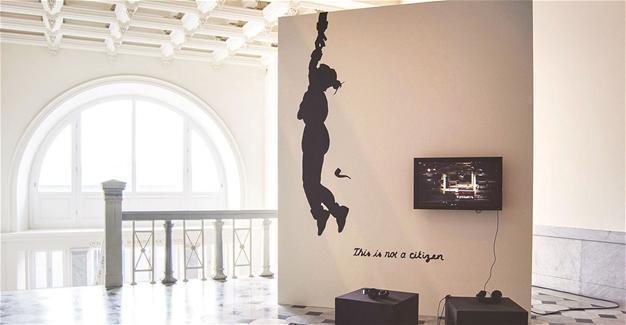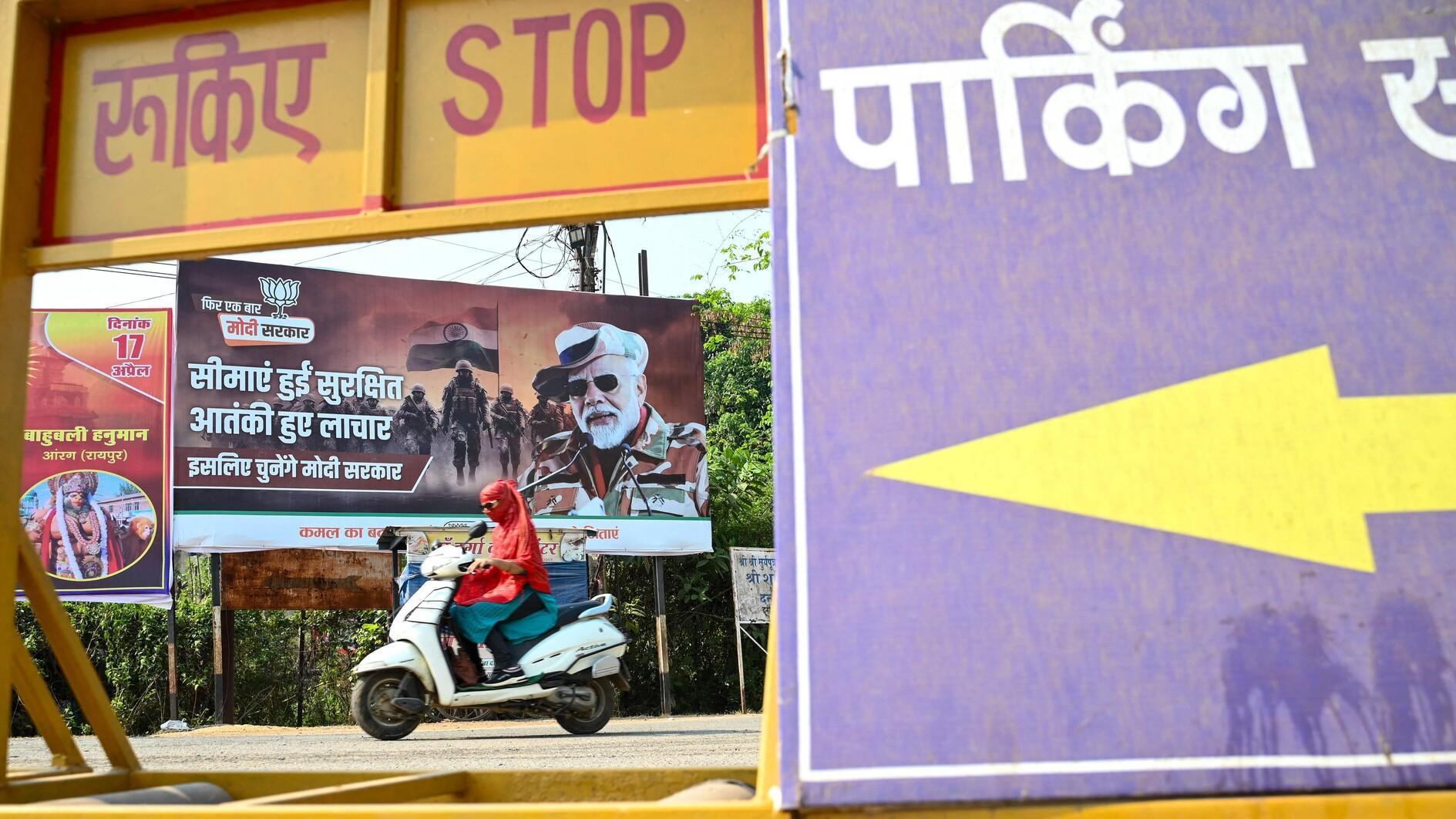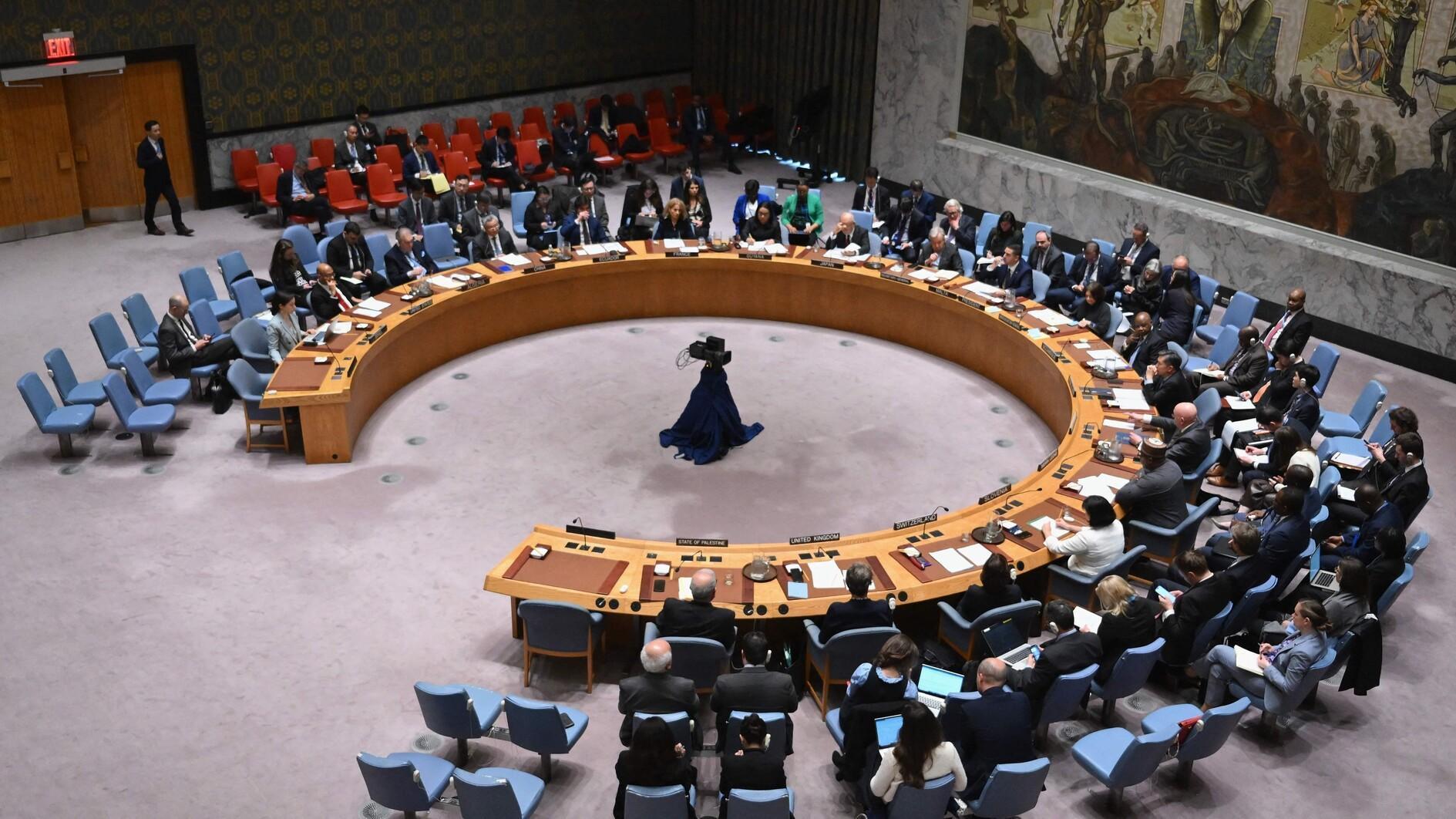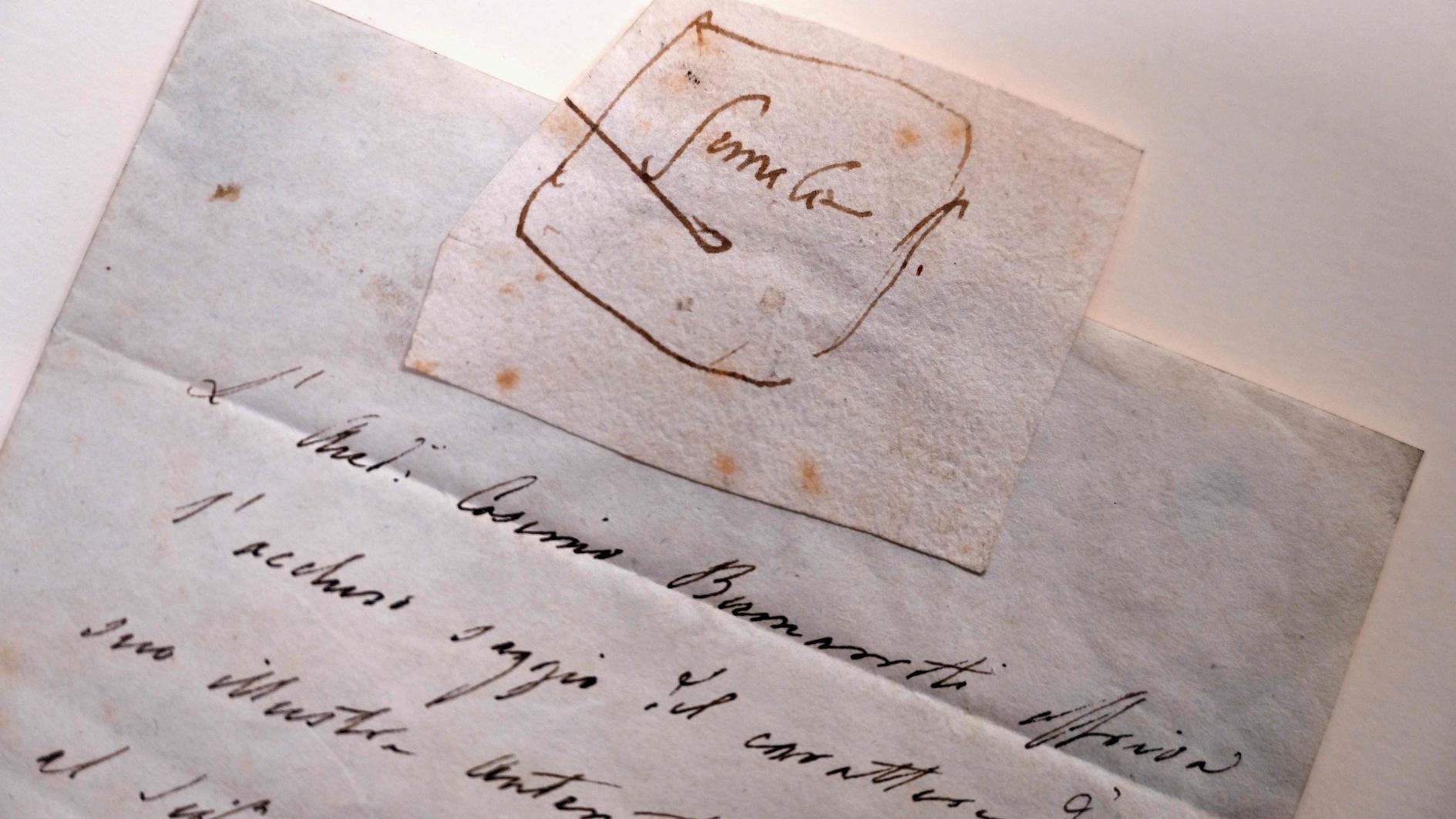‘Who Throws Whom Overboard?’ opens at Istanbul’s SALT Galata
ISTANBUL
 A major exhibition of Oliver Ressler’s works dating from 2004-2016, “Who Throws Whom Overboard?” has recently opened at SALT Galata.
A major exhibition of Oliver Ressler’s works dating from 2004-2016, “Who Throws Whom Overboard?” has recently opened at SALT Galata. The exhibition brings together photographic works, wall texts, films and installations addressing migration, borders, citizenship, capital and alternative economics. It does not suggest that these “issues” are related in terms of policy, but rather that they can be read as conjoined parts of an ongoing, global crisis.
The Austrian artist’s works make present the disembodied voices and visible archives of crisis and its nemesis, which he describes as “the social invention directed against the status quo with which the stateless and propertyless confound competitiveness, bury barbed-wire checkpoints or turn factories inside-out.”
The exhibition is composed around a newly commissioned film that was produced by Ressler in Istanbul this summer.
After a period of research around self-organized activities in the city and the local refugee situation, Ressler focused his attention on Syrian individuals who have declined to beg for “asylum” from institutional Europe, choosing instead to continue their lives in Istanbul.
In the film “There are no Syrian refugees in Turkey,” recorded conversations with Syrian refugees describe a “guest” life in the metropolis. Orators talk about the difficulty of making a living and the reluctance of the EU to admit more than a pitiful number of refugees.
Quietly reversing the perspective of the Western “refugee debate,” the film develops a political analysis of Turkish and European politics from the standpoint of the Syrian refugees.
Appearing alongside “There are no Syrian refugees in Turkey” is the artist’s previous film, “Emergency Turned Upside-Down.” In the latter, Ressler confronts the cynical and inhumane discourse that calls the presence of refugees in Europe an “emergency”: A word better suited to descriptions of war, terror and economic strangulation that force people to move.
The film counterposes the vast imaginative potential of a borderless world to the petty prison of nationality and the external, internal and social borders it imposes.
A large-format photograph in the exhibition space alludes to images of dead bodies on beaches, yet the men in the photographic series “Stranded” wear business suits. “Stranded” is directly linked to another large-format digital print, “The economy is wounded – let it die!” in which a sea crowded with sinking container ships and other vessels evokes an economic system that depends on global trade, a daily cause of ecological and social disasters.
The three-channel video installation “Occupy, Resist, Produce” explores economic models that seem more viable for the future. It shows three factories in Milan, Rome and Thessaloniki where the purpose of factory occupations was to bring production under workers’ control.
Additional works are also presented throughout the building.
During the opening weeks of the exhibition, the work “Too big to fail” is presented in two city locations on advertising billboards. The phrase echoes how politicians assessed major banks during the 2008 financial crisis and why they claimed that banks should be bailed out through public money, but Ressler suggests it could also carry the meaning that the global desire for a democratic transformation becomes “system-relevant” and impossible to ignore by those in power.
“Who Throws Whom Overboard?” can be seen through Jan. 15, 2017.
















